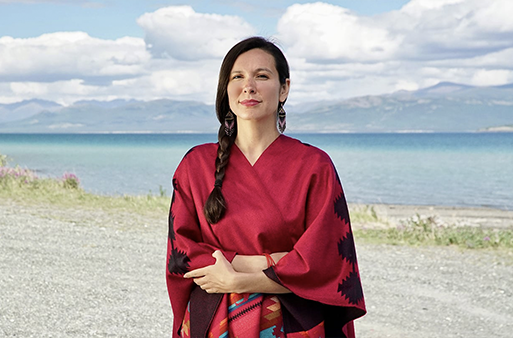Journey to the heart of the Andes Mountains where ‘Pascua Lama’ is poised to become the world’s largest open pit mine. However, for the indigenous people and farmers living in the valley below, Pascua Lama threatens their only source of water in one of the driest places on earth.
In a war between corporate and social values two men are leading a fight to defend their valley and way of life. Now, one election will ultimately determine the true price of gold.
The Atacama Region in the north of Chile is one of the driest places on earth. Here, the Huasco River still runs clean from the top of the Andes to the Pacific Ocean, giving life to the last fertile river valley in the north of Chile. For over 500 years, the indigenous Diaguita people along with descendants of the Spanish conquistadors have sustained themselves on a fertile sliver of green that lines the banks of the Huasco River as it snakes its way down thousands of meters to the Pacific coast. But that way of life is about to change – ‘Pascau Lama’, estimated to be the largest undeveloped gold and silver deposit in the world, sits high above the valley and directly below glaciers that are the source waters for the Huasco River.
For years, Canada’s Barrick Gold Corporation has been working to green light Pascua Lama, their largest and most ambitious project to date. Barrick is staking their claim against billions in revenue projected over the life cycle of the mine but fierce public opposition in the Valley has so far managed to stall final environmental approval. Against seemingly insurmountable odds, two unlikely men are leading the fight against Barrick and the Chilean Government. Now, one election will decide the fate of their Valley.
In this modern day twist on the gold rush story, Cry of the Andes examines the new world order, where multinationals, profits and power are progressively influencing our social, communal and cultural landscape.








